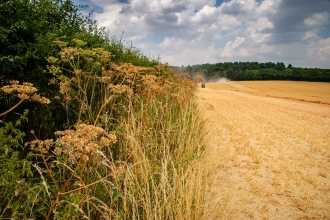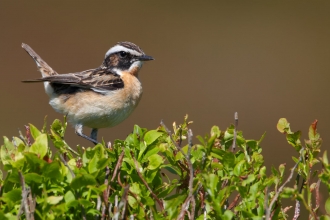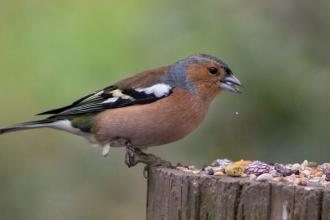A group of over 40 cereal farmers in Hertfordshire and across the UK are proving that it is possible to help nature recover and make a profit. A new report from The Wildlife Trusts shows how locally tailor-made farm wildlife plans, devised by Wildlife Trust advisors with each farmer, are helping wildlife recover.
In 2018, Jordans oat growers farmed over 15,500 hectares, providing almost 4,600 hectares for wildlife. Birds such as linnets, butterflies like the silver-washed fritillary, and brown hares are returning to farms in the Jordans Farm Partnership; nature is thriving in their hedgerows, field margins and ponds, creating vital corridors to enable wild animals to spread out and move through the landscape.
Stephanie Hilborne, CEO, The Wildlife Trusts says:
“We are hugely impressed with the commitment of these cereal farmers to support wildlife and the environment, which will benefit generations to come. They are playing an important role in nature’s recovery. We hope other farmers will take inspiration from them and follow their lead; it shows that farming that works with nature makes sense. The Jordans Farm Partnership demonstrates we don’t have to choose between wildlife and profitable food production.”



